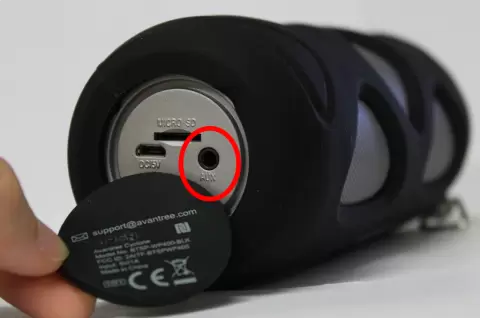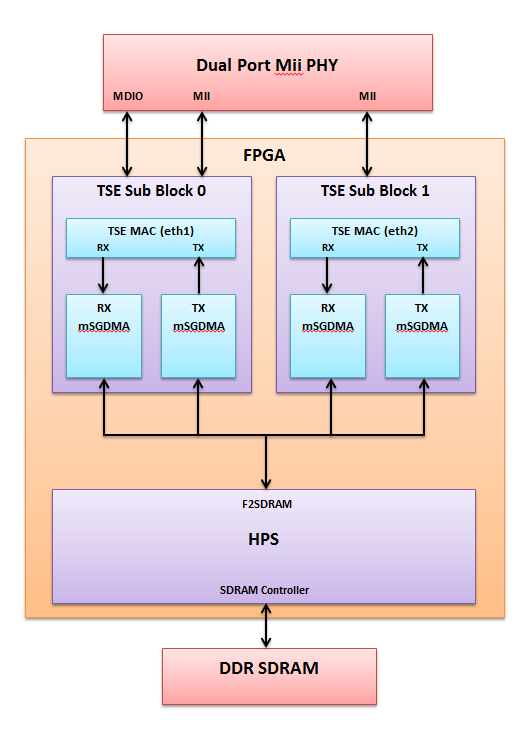Sorry, Energy Education does not support your browser version. Please switch browsers or upgrade Internet Explorer to version 8 or above to view this website properly.
The “Hello world” driver: loading and removing the driver in kernel space. When a module device driver is loaded into the kernel, some preliminary tasks are usually performed like resetting the device, reserving RAM, reserving interrupts, and reserving input/output ports, etc. Advanced High Performance Debug Probe. Using PEmicro's i.MX RT10xx Secure Boot Utility - Nov 02, 2020 Python Support for ARM® Cortex™-M processors UNIT Library Routines Now Available - Oct 01, 2020 Infineon TriCore™ Devices Now Supported by Cyclone LC/FX Universal Programmers - Aug 21, 2020 PEmicro Adds Support for WIZnet W7500x Devices - Jun 05, 2020. Cyclone LC and Cyclone FX Programmer Installation Software - Covers the Cyclone LC Universal, Cyclone FX Universal, Cyclone LC ARM, and Cyclone. PEmicro Hardware Interface Drivers, v.12. PEmicro Serial SPI Memory Programming for ARM devices (.pdf) (835KB).
Cyclone separators or simply cyclones are separation devices (dry scrubbers) that use the principle of inertia to remove particulate matter from flue gases.[2] Cyclone separators is one of many air pollution control devices known as precleaners since they generally remove larger pieces of particulate matter. This prevents finer filtration methods from having to deal with large, more abrasive particles later on. In addition, several cyclone separators can operate in parallel, and this system is known as a multicyclone.[3]

It is important to note that cyclones can vary drastically in their size. The size of the cyclone depends largely on how much flue gas must be filtered, thus larger operations tend to need larger cyclones. For example, several different models of one cyclone type can exist, and the sizes can range from a relatively small 1.2-1.5 meters tall (about 4-5 feet) to around 9 meters (30 feet)—which is about as tall as a three story building!.[4]
How It Works

Cyclone separators work much like a centrifuge, but with a continuous feed of dirty air. In a cyclone separator, dirty flue gas is fed into a chamber. The inside of the chamber creates a spiral vortex, similar to a tornado. This spiral formation and the separation is shown in Figure 2. The lighter components of this gas have less inertia, so it is easier for them to be influenced by the vortex and travel up it. Contrarily, larger components of particulate matter have more inertia and are not as easily influenced by the vortex.[2]


Since these larger particles have difficulty following the high-speed spiral motion of the gas and the vortex, the particles hit the inside walls of the container and drop down into a collection hopper. These chambers are shaped like an upside-down cone to promote the collection of these particles at the bottom of the container. The cleaned flue gas escapes out the top of the chamber.
Most cyclones are built to control and remove particulate matter that is larger than 10 micrometers in diameter. However, there do exist high efficiency cyclones that are designed to be effective on particles as small as 2.5 micrometers. As well, these separators are not effective on extremely large particulate matter. For particulates around 200 micrometers in size, gravity settling chambers or momentum separators are a better option.[3]
Out of all of the particulate-control devices, cyclone separators are among the least expensive.[2] They are often used as a pre-treatment before the flue gas enters more effective pollution control devices. Therefore, cyclone separators can be seen as 'rough separators' before the flue gas reaches the fine filtration stages.
Effectiveness
Cyclone separators are generally able to remove somewhere between 50-99% of all particulate matter in flue gas.[2] How well the cyclone separators are actually able to remove this matter depends largely on particle size. If there is a large amount of lighter particulate matter, less of these par0ticles are able to be separated out. Because of this, cyclone separators work best on flue gases that contain large amounts of big particulate matter.
There are several advantages and disadvantages in using cyclone separators. First, cyclone separators are beneficial because they are not expensive to install or maintain, and they have no moving parts. This keeps maintenance and operating costs low. Second, the removed particulate matter is collected when dry, which makes it easier to dispose of. Finally, these units take up very little space. Although effective, there are also disadvantages in using cyclone separators. Mainly because the standard models are not able to collect particulate matter that is smaller than 10 micrometers effectively and the machines are unable to handle sticky or tacky materials well.[3]
For Further Reading
- Or explore a random page

References
- ↑Wikimedia Commons. (July 16, 2015). Cyclone Separator [Online]. Available: https://upload.wikimedia.org/wikipedia/commons/e/e3/Cyclone_separator.svg
- ↑ 2.02.12.22.3R. Wolfson. Energy, Environment and Climate, 2nd ed. New York, U.S.A.: Norton, 2012
- ↑ 3.03.13.2US EPA. (July 16, 2015). Air Pollution Control Technology Fact Sheet [Online]. Available: http://www.epa.gov/ttncatc1/dir1/fcyclon.pdf
- ↑Kice. (July 22, 2015). CK Cyclone Collectors [Online]. Available: http://www.kice.com/pdfs/CK_Cyclones.pdf
- ↑Simerics. (July 21, 2015). Cyclonic Separator [Online]. Available: http://www.simerics.com/animation/cyclone_ani.gif
Authors and Editors
Cyclone Port Devices Driver Vga
Bethel Afework, Jordan Hanania, Kailyn Stenhouse, Jason Donev
Last updated: September 3, 2018
Get Citation
